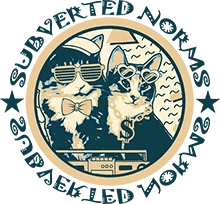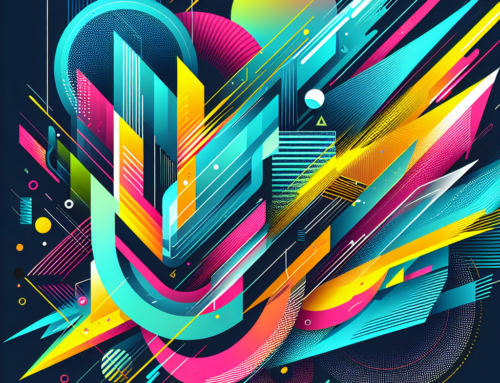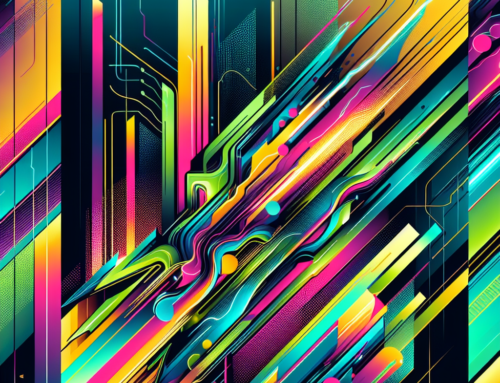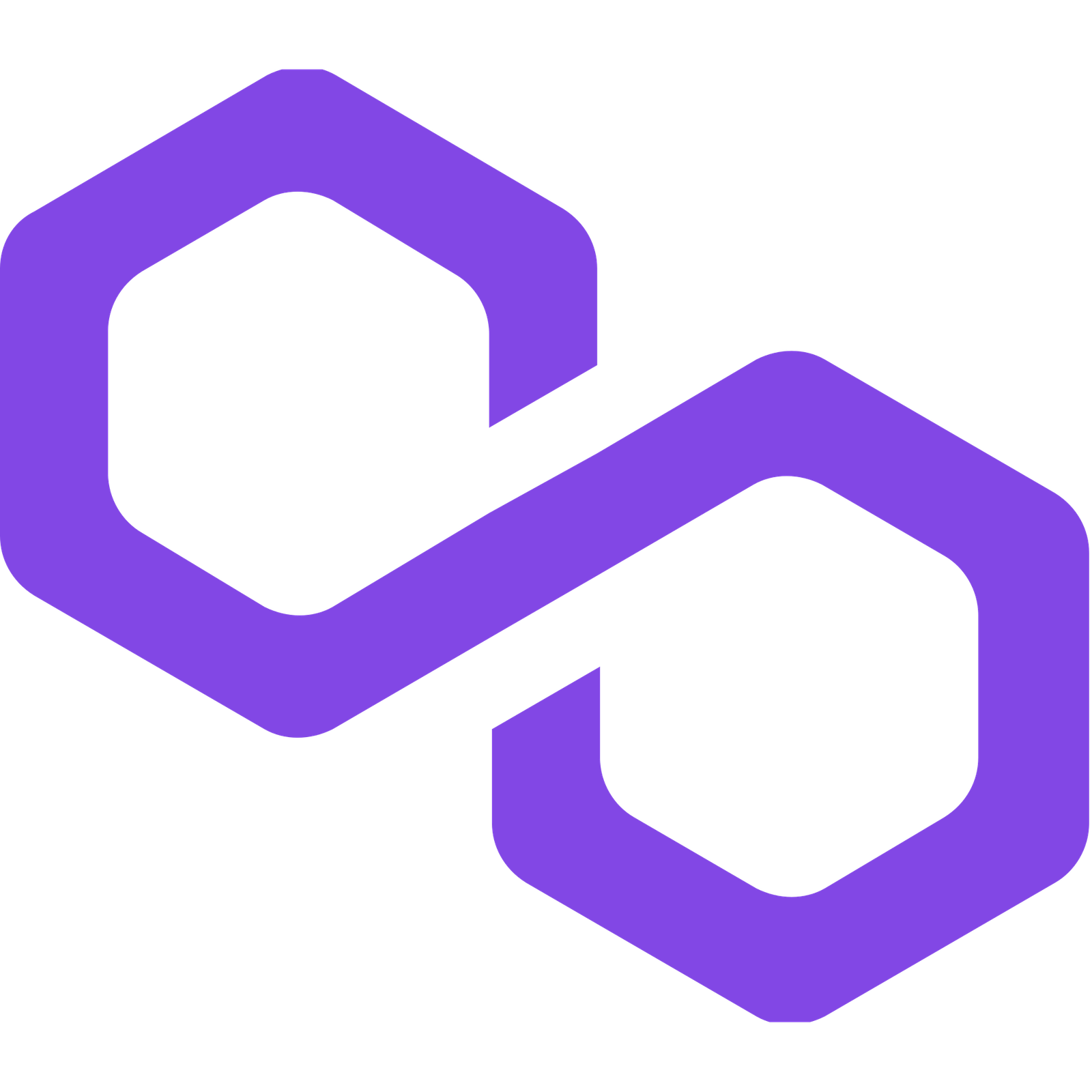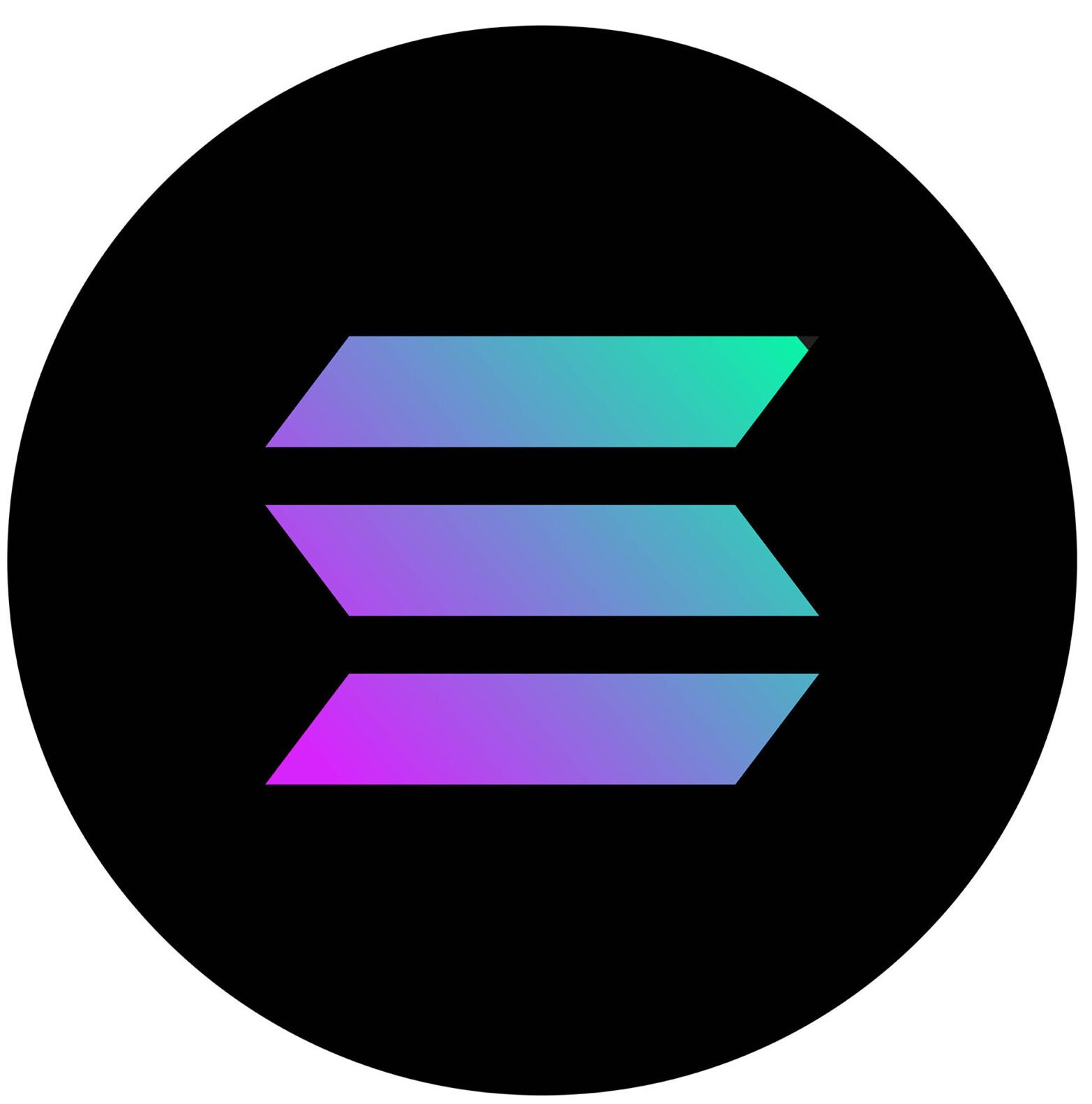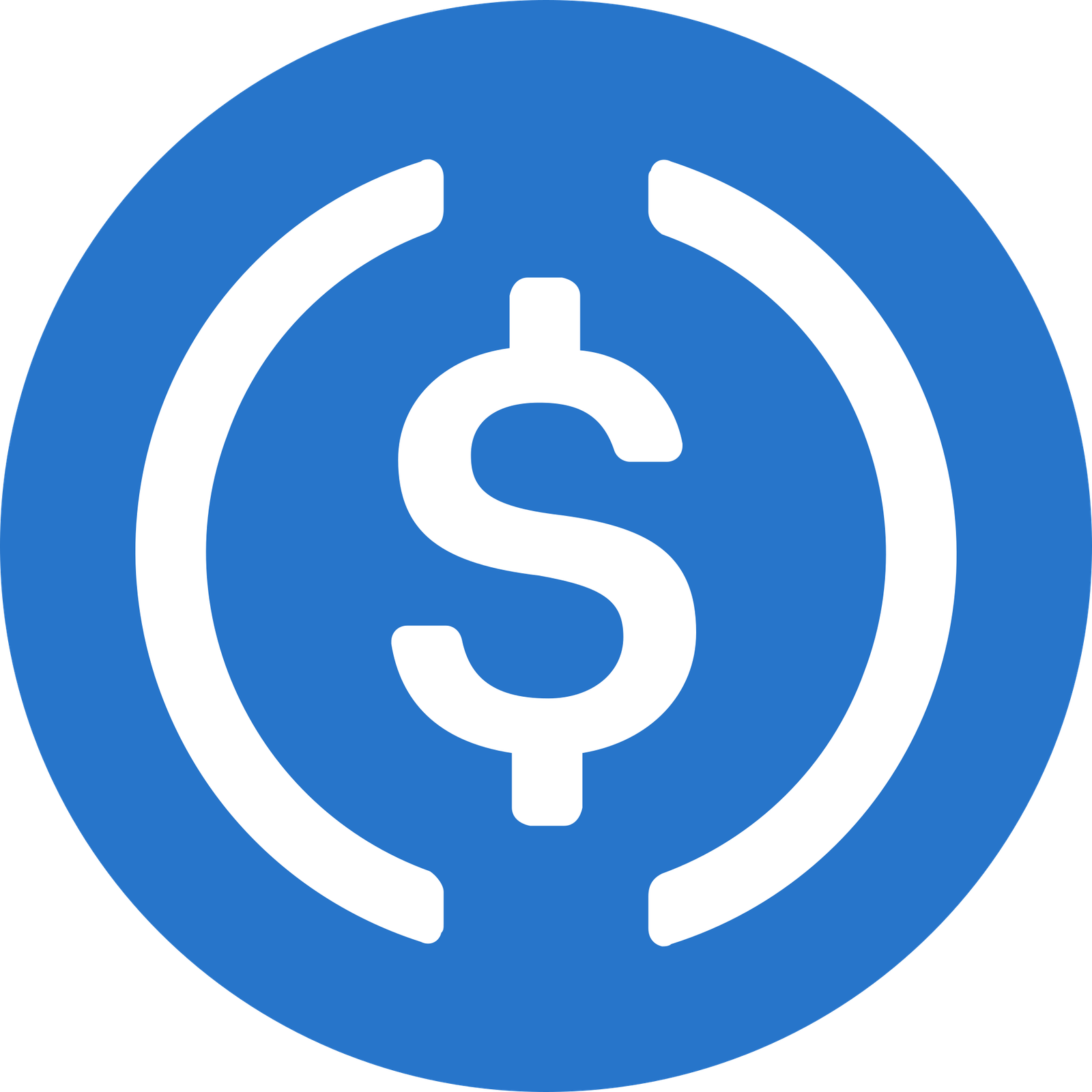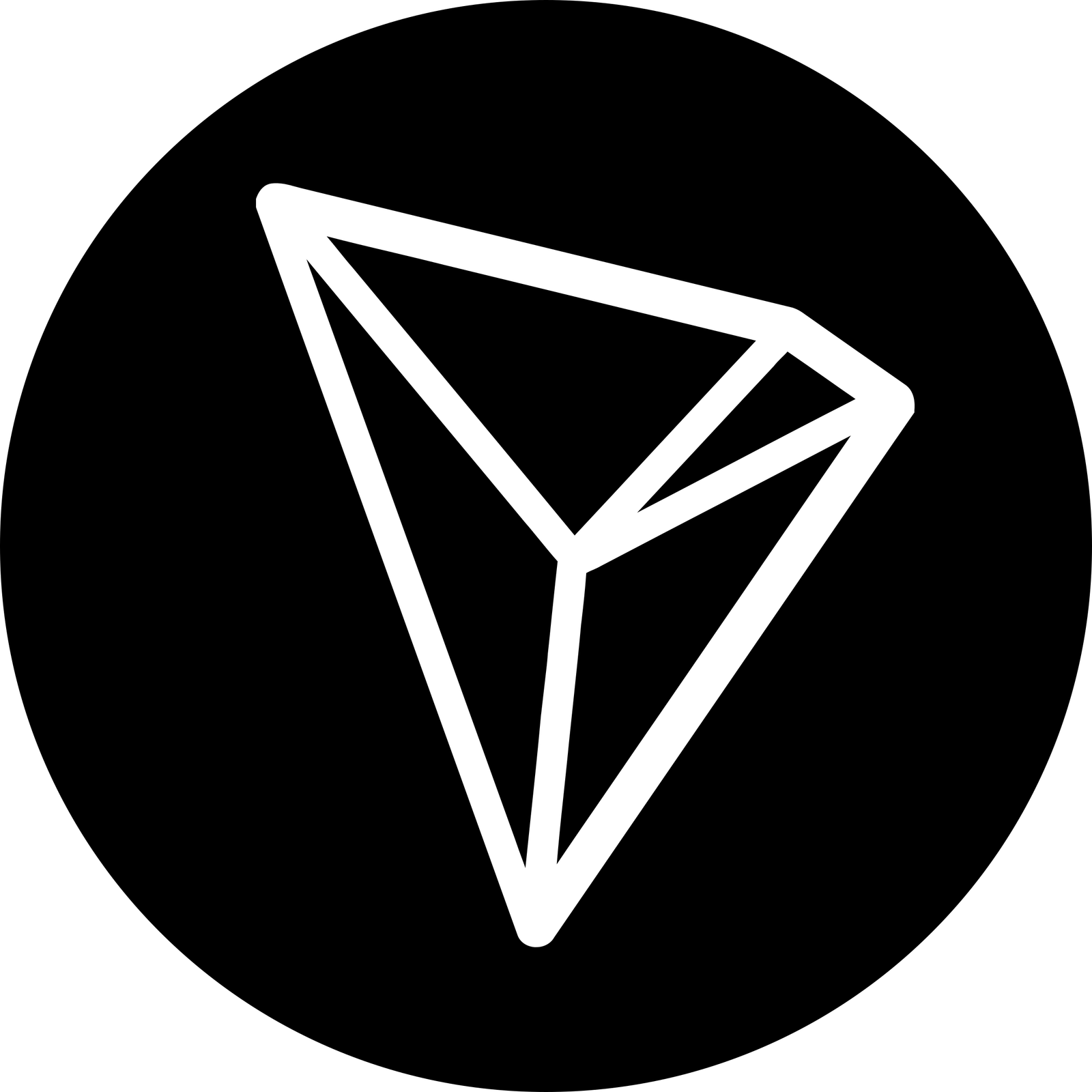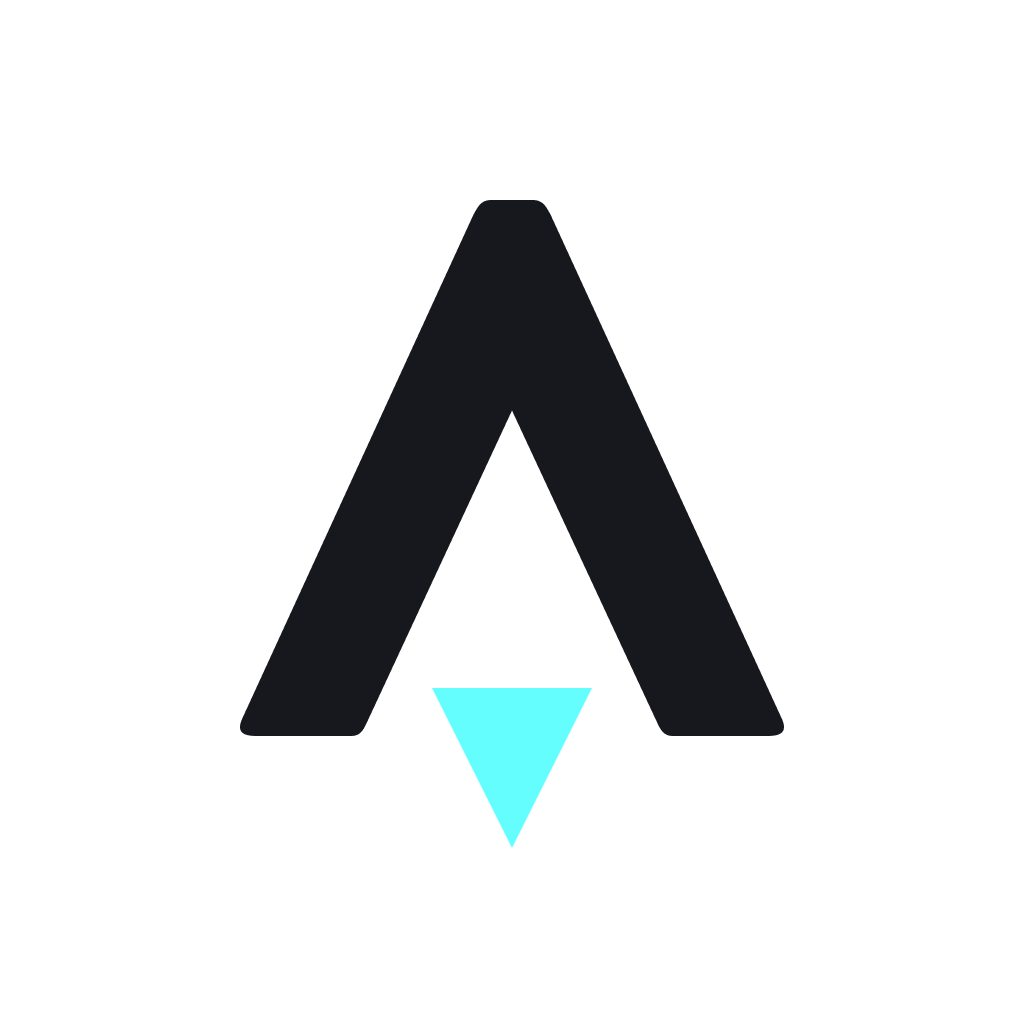Top NFT Marketplaces: Your Guide to Digital Collectibles
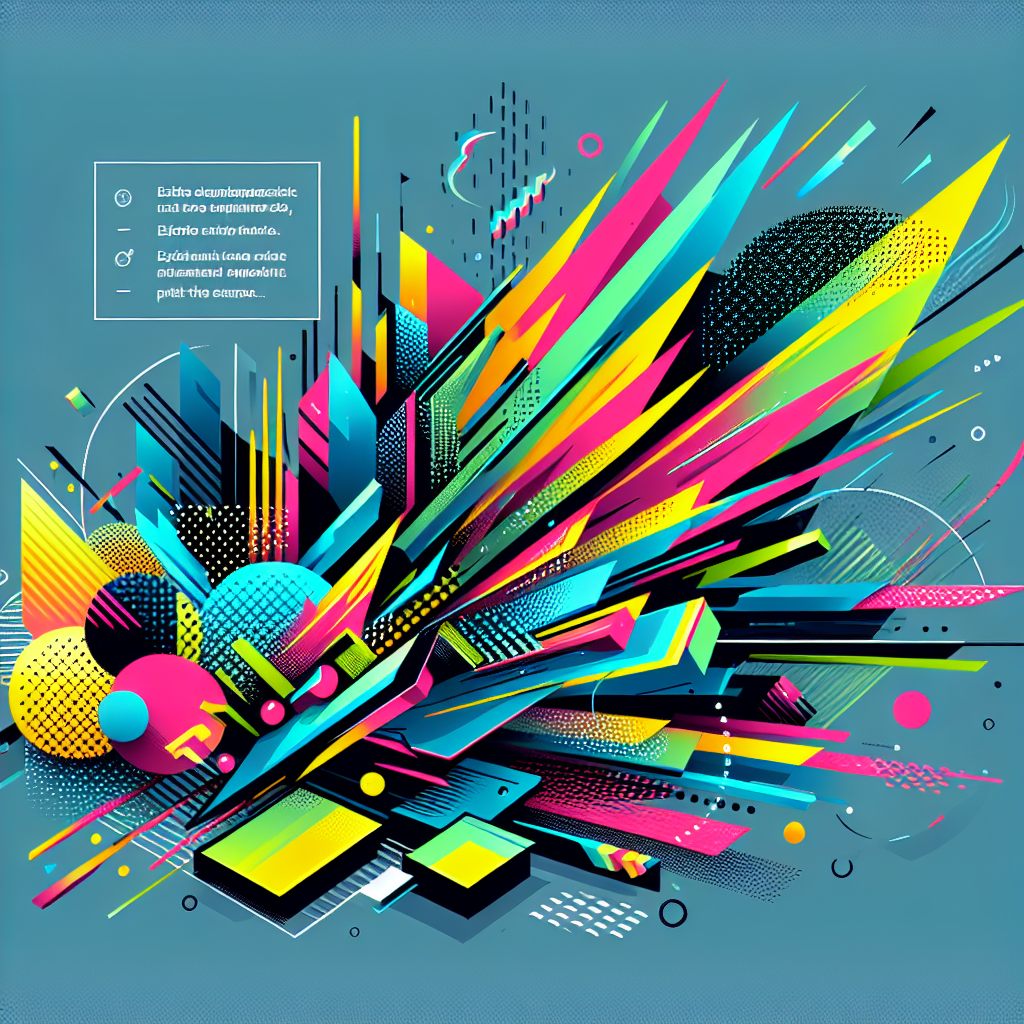
Top NFT Marketplaces: Your Guide to Digital Collectibles
In an age where the digital landscape is rapidly evolving, the rise of Non-Fungible Tokens (NFTs) and the broader Web3 ecosystem has captured the imagination—and participation—of creators, collectors, and entrepreneurs alike. The transition from traditional to digital collectibles isn’t merely a trend; it’s reshaping industries, creating new business models, and defining forms of ownership in the digital world. This guide explores the current state of NFT marketplaces, the impressive advancements in blockchain technology, the integration of decentralized finance (DeFi), and how immersive technologies are paving the future of digital experiences.
The Current State of Web3
Web3 represents the next iteration of the internet, marked by decentralized platforms that empower users through blockchain technology. Cryptocurrencies are becoming more integrated into both mainstream business practices and everyday life. Platforms like CoinDesk and CoinTelegraph are chronicling how decentralized networks aren’t just theoretical constructs; they are being adopted in industries ranging from finance to entertainment.
New blockchain protocols are consistently emerging, enhancing security, scalability, and transaction speed. Protocols like Polkadot and Solana are benchmarks of innovation, allowing developers to create unique decentralized applications (dApps) that operate across various blockchains. This decentralized approach promotes a trustless environment where users can engage with platforms like OpenSea or Rarible to buy and sell NFTs without intermediaries, creating a direct line of ownership and reducing transaction fees.
NFTs and New Use Cases
NFTs have evolved beyond digital art, infiltrating various sectors, including music, sports, and even real estate. Artists are using platforms like Foundation and KnownOrigin to tokenize their work, allowing for direct sales and royalties through smart contracts. This revolutionary distribution method not only increases artist income but also allows fans to own unique collectibles, helping to secure the provenance of digital assets.
Innovatively, NFTs are finding their way into emerging technologies such as virtual reality (VR) and augmented reality (AR), and they play a crucial part in the metaverse. For instance, platforms like The Sandbox are crafting virtual worlds where users can own, buy, and trade NFTs representing virtual land or in-game assets. The potential for immersive experiences, alongside blockchain’s transparency, signals a significant shift in how we perceive ownership and engagement.
The Intersection of Web3 and Gaming
The gaming world has found a fruitful ally in Web3 technologies, with platforms like Axie Infinity reshaping the landscape by incorporating NFTs into their economics. Players are not just participants but investors; their in-game assets can be traded or sold for real value. This creates a robust economy that benefits both developers and players, as each transaction encourages further engagement and investment in the gaming experience.
Decentralized gaming projects also encourage creativity among developers who can build upon existing frameworks, fostering a community-driven approach to game development. The rise of blockchain-powered gaming aligns perfectly with the growing audience for esports and digital experiences, making it a significant industry trend to watch in the coming years.
Decentralized Autonomous Organizations (DAOs)
The potential of DAOs within the Web3 ecosystem cannot be overstated. These entities, governed by smart contracts and community votes, are redefining organizational governance by decentralizing decision-making. Such structures can profoundly influence how organizations operate, potentially eliminating traditional hierarchies and enabling a more democratic approach to resource allocation and project development.
As platforms like DAOstack streamline the process for communities to form around shared interests or goals, we can expect to see more complex and diverse DAO structures emerging. This trend also promotes community engagement, which is increasingly vital in our interconnected digital age.
A Vision for the Future
Looking forward, the intersection of Web3 technologies, AI, and virtual spaces presents limitless possibilities. The metaverse could serve as a fertile ground for innovation, integrating themes of decentralized ownership with immersive digital experiences. NFTs may evolve further to include dynamic features—think digital collectibles that grow or change based on user interaction or time.
As industries adapt and change, businesses will need to be agile in learning and integrating Web3 technologies into their models. This readiness to evolve could reshape economies around the globe, creating new opportunities and challenging existing frameworks of ownership and value.
In essence, the future of Web3 is as much about technology as it is about community, creativity, and the drive for transparency and fairness. Organizations that embrace this change may thrive, while those that resist the transition could find themselves outpaced in a rapidly evolving landscape.
Final Thoughts
As we sit on the cusp of this digital revolution, it’s crucial to remain informed, adaptable, and engaged with the changing ecosystem. The innovations taking place within NFT marketplaces but are just the tip of the iceberg. The convergence of blockchain, decentralized platforms, and immersive technologies promises to redefine our relationships with digital assets and experiences.
To explore these themes further, consider diving into platforms like Decrypt, NFT Now, or industry reports from trusted sources such as CoinMarketCap and The Block. The time to engage with this new digital frontier is now—let’s embrace the potential of Web3 together.

